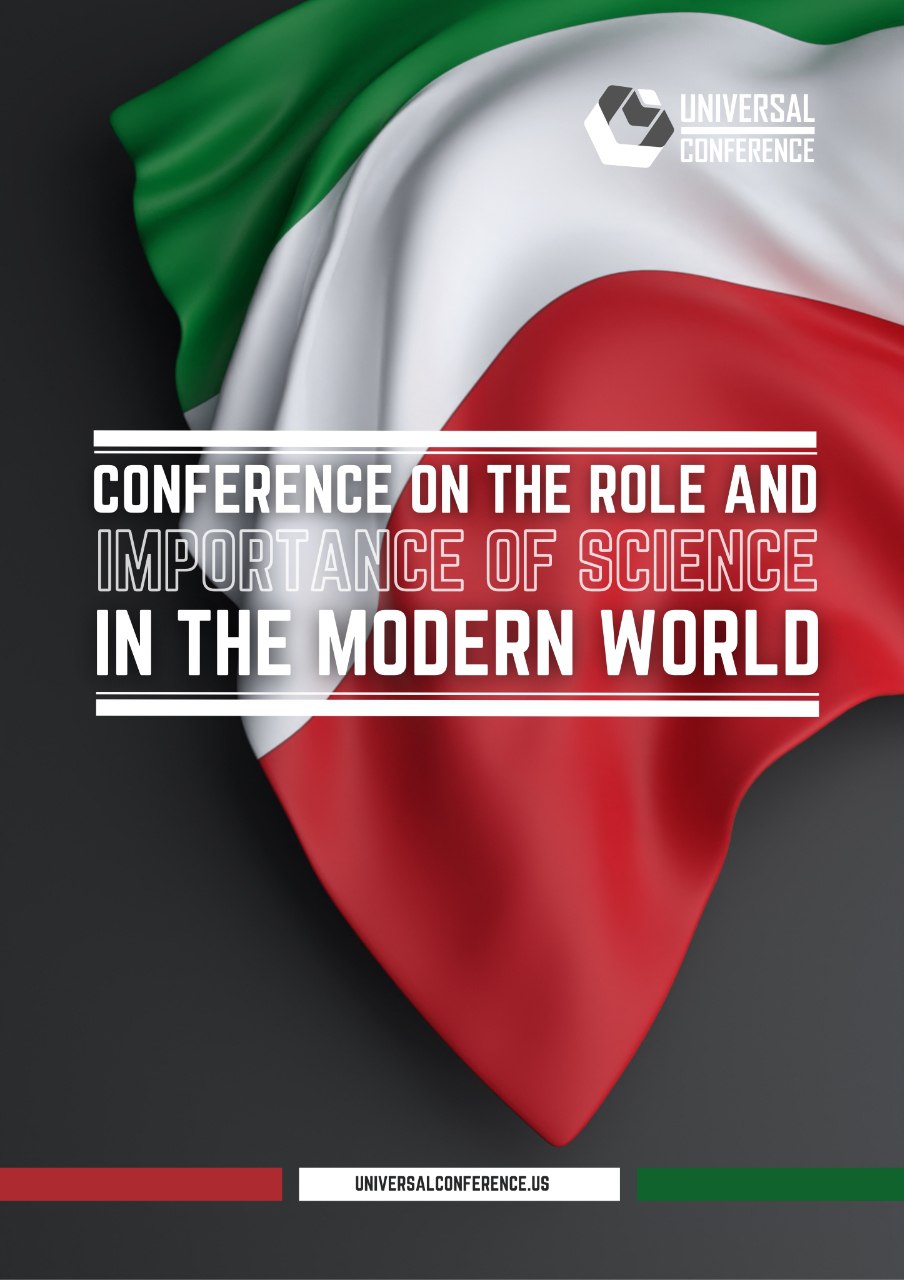NAVIGATING SECOND LANGUAGE ACQUISITION IN A MULTILINGUAL SOCIETY
Keywords:
second language acquisition, multilingualismAbstract
This article explores the complex process of second language acquisition in multilingual societies. Through a literature review, the paper examines language learning strategies, cultural factors, and the benefits of multilingualism. The findings indicate that multilingual environments positively influence second language acquisition, but effective educational approaches are necessary
References
1. Bialystok, E., 2001. Bilingualism in development: Language, literacy, and cognition. Cambridge University Press.
2. Byram, M., Gribkova, B. and Starkey, H., 2002. Developing the intercultural dimension in language teaching. A practical introduction for teachers. Council of Europe.
3. Cenoz, J., 2013. The influence of bilingualism on third language acquisition: Focus on multilingualism. Language Teaching, 46(1), pp.71-86.
4. Chapelle, C.A. and Sauro, S. eds., 2017. The handbook of technology and second language teaching and learning. John Wiley & Sons.
5. Cummins, J., 2007. Rethinking monolingual instructional strategies in multilingual classrooms. Canadian Journal of Applied Linguistics, 10(2), pp.221-240.
6. Deardorff, D.K., 2006. Identification and assessment of intercultural competence as a student outcome of internationalization. Journal of studies in international education, 10(3), pp.241-266.
7. García, O. and Wei, L., 2014. Translanguaging: Language, bilingualism and education. Palgrave Macmillan.
8. Jessner, U., 2008. Teaching third languages: Findings, trends and challenges. Language Teaching, 41(1), pp.15-56.







